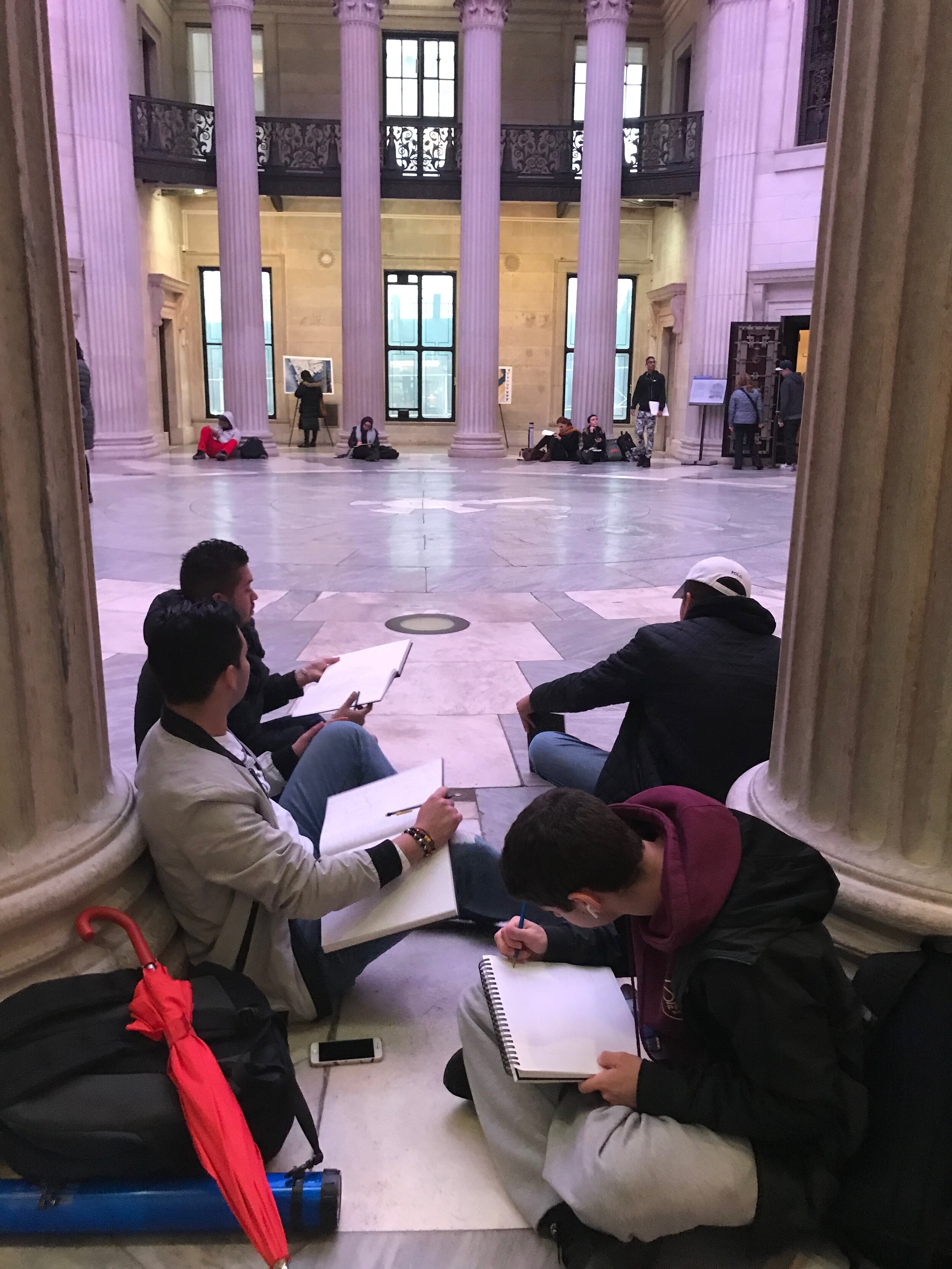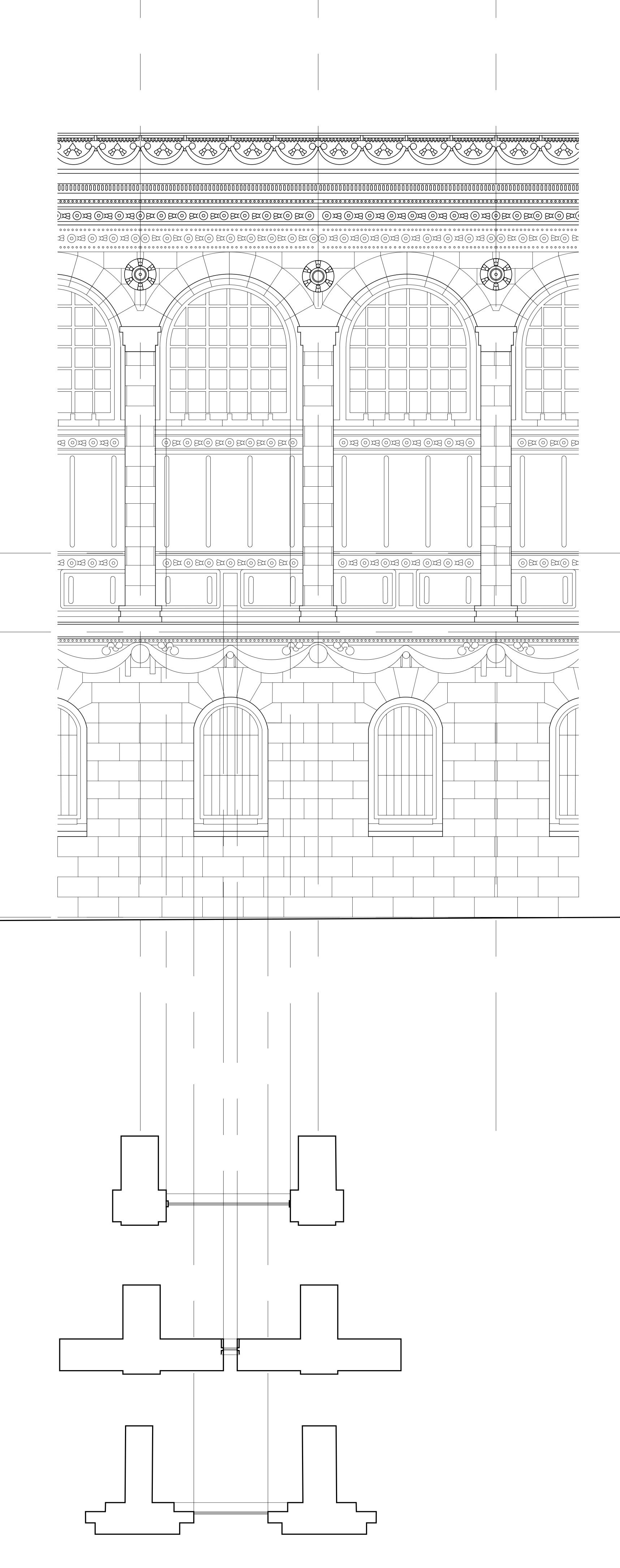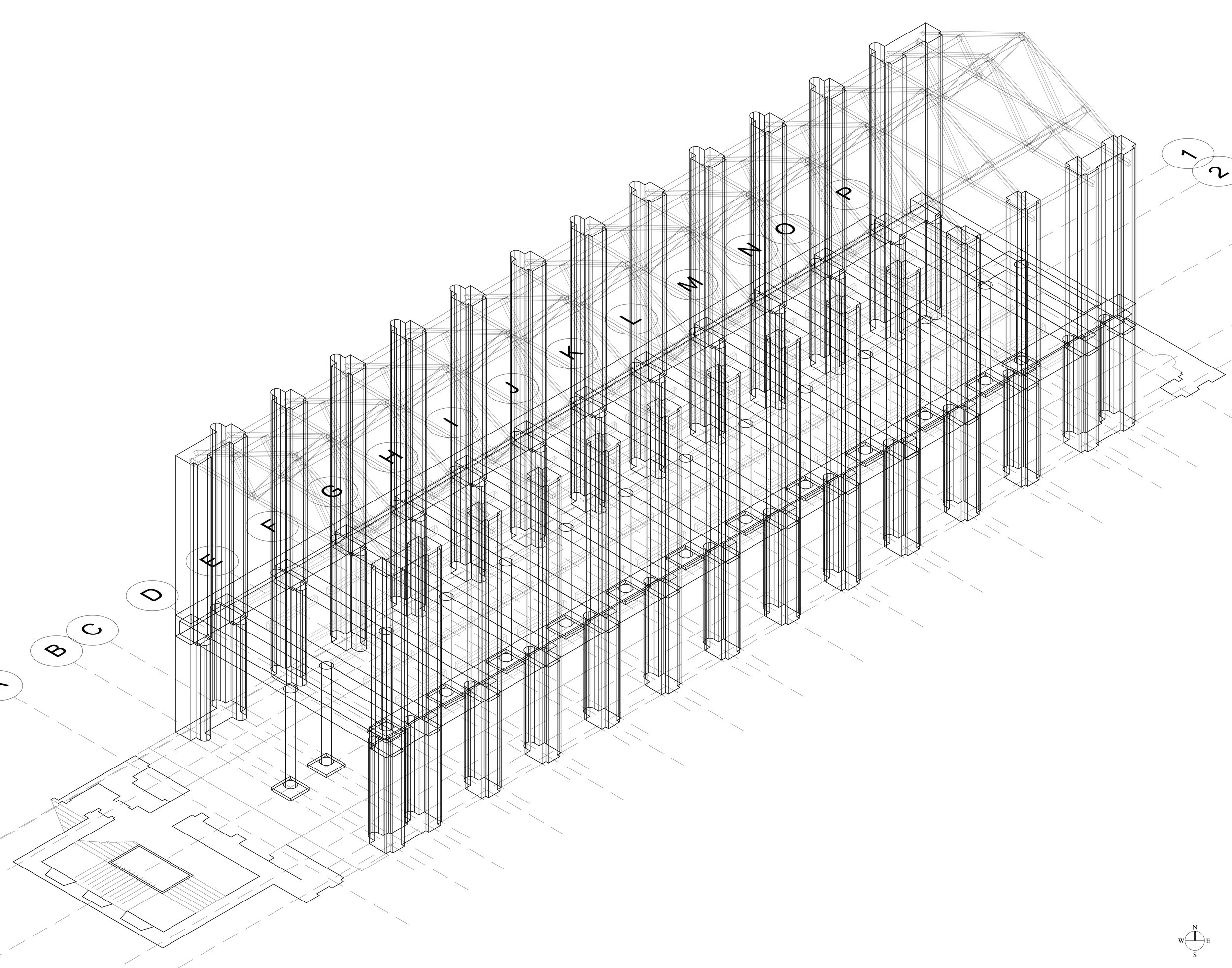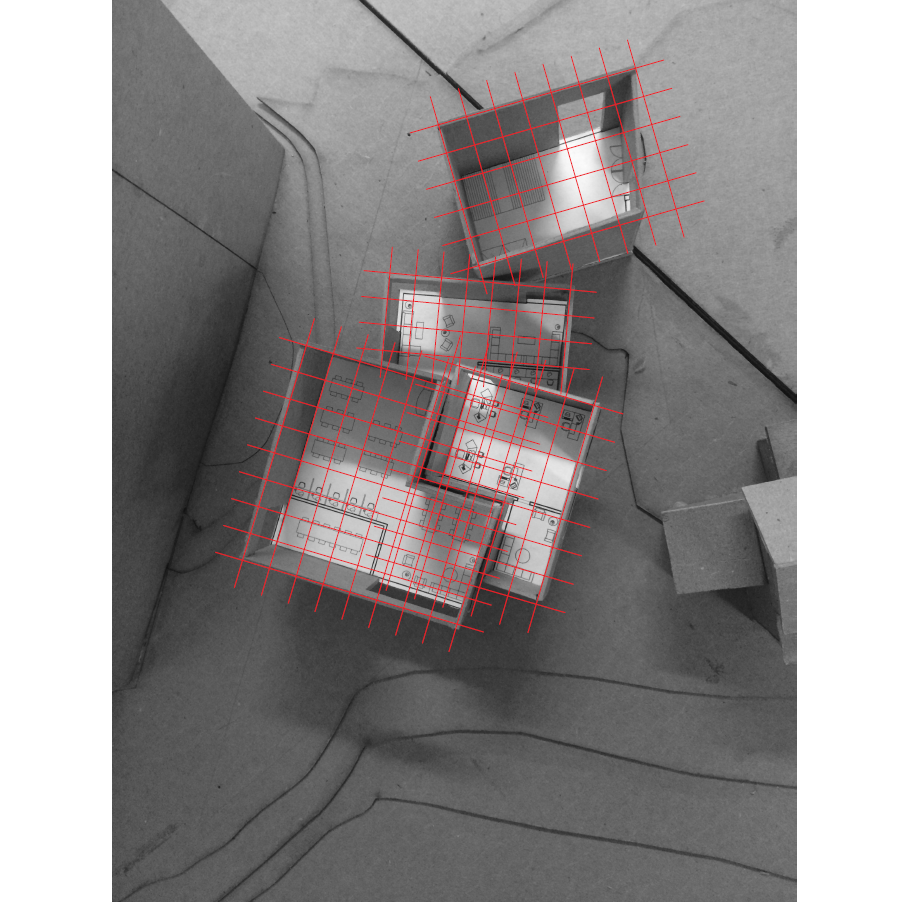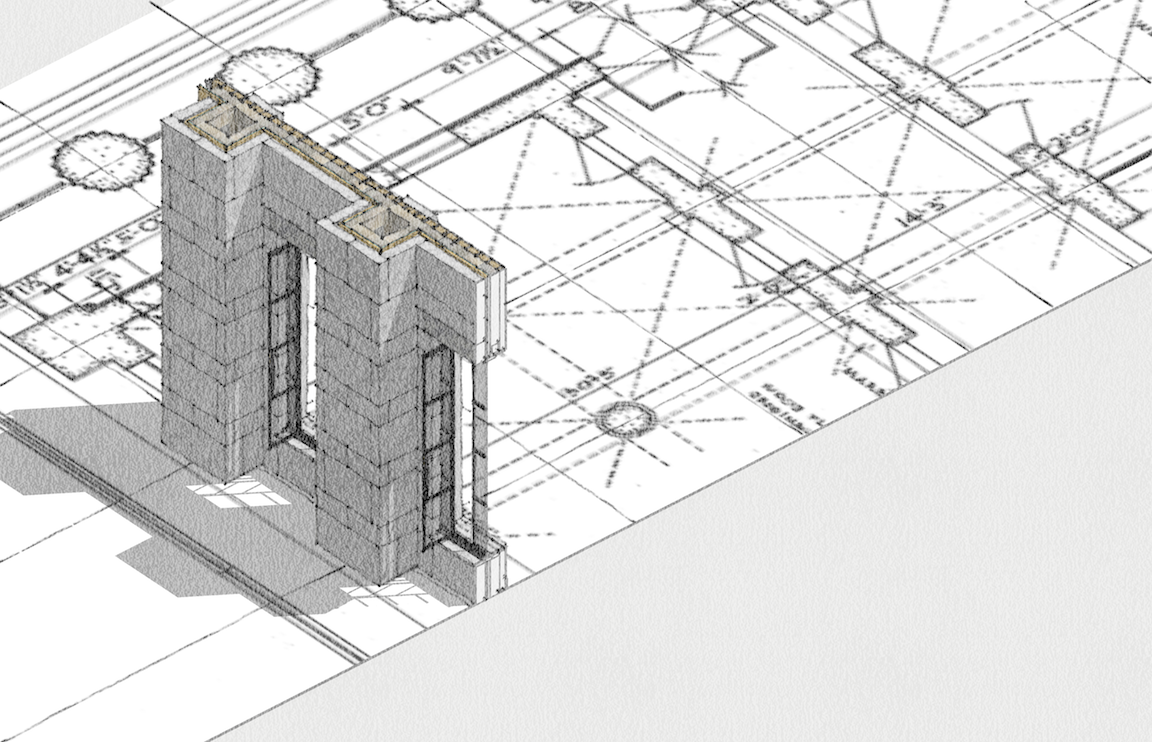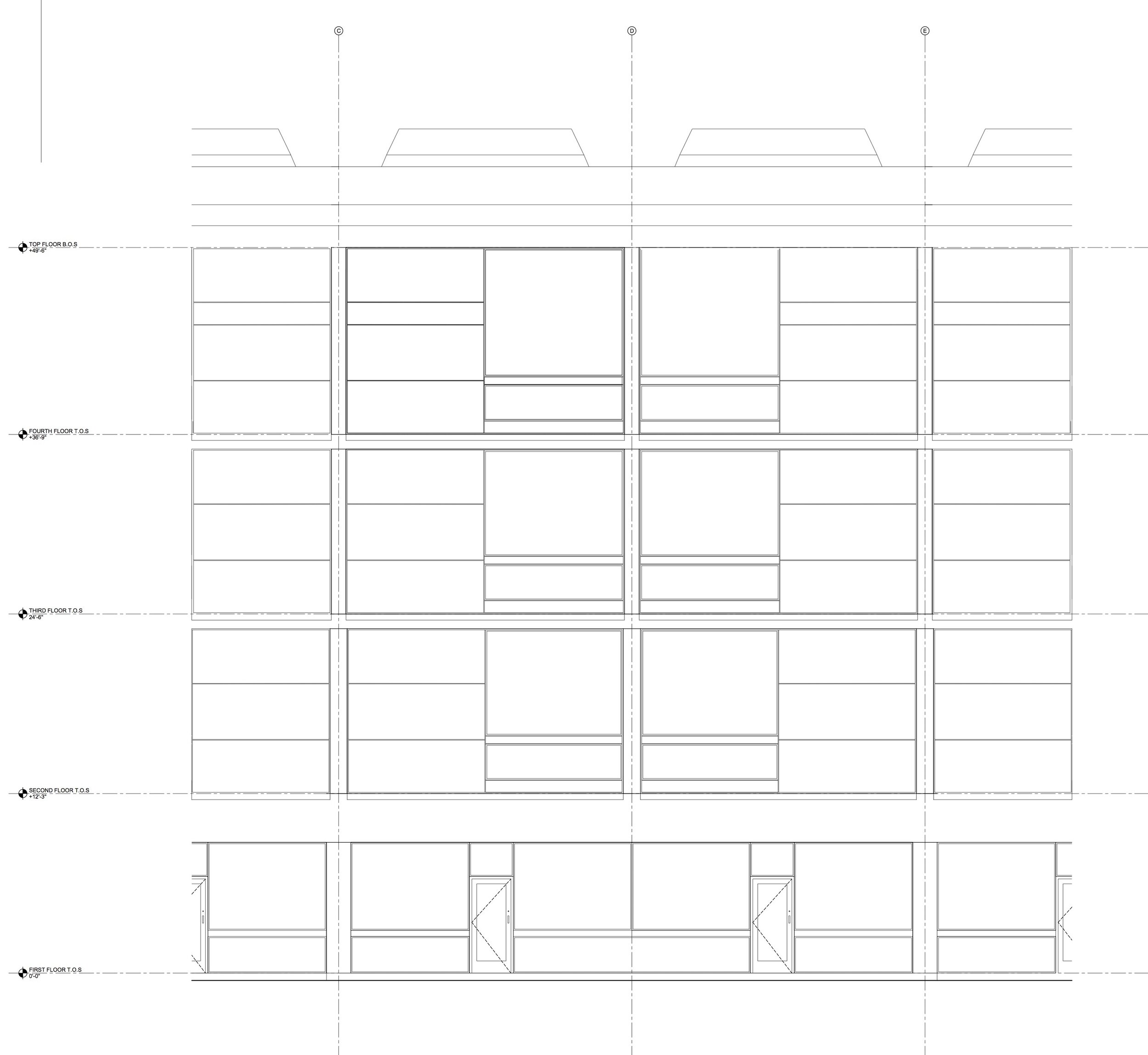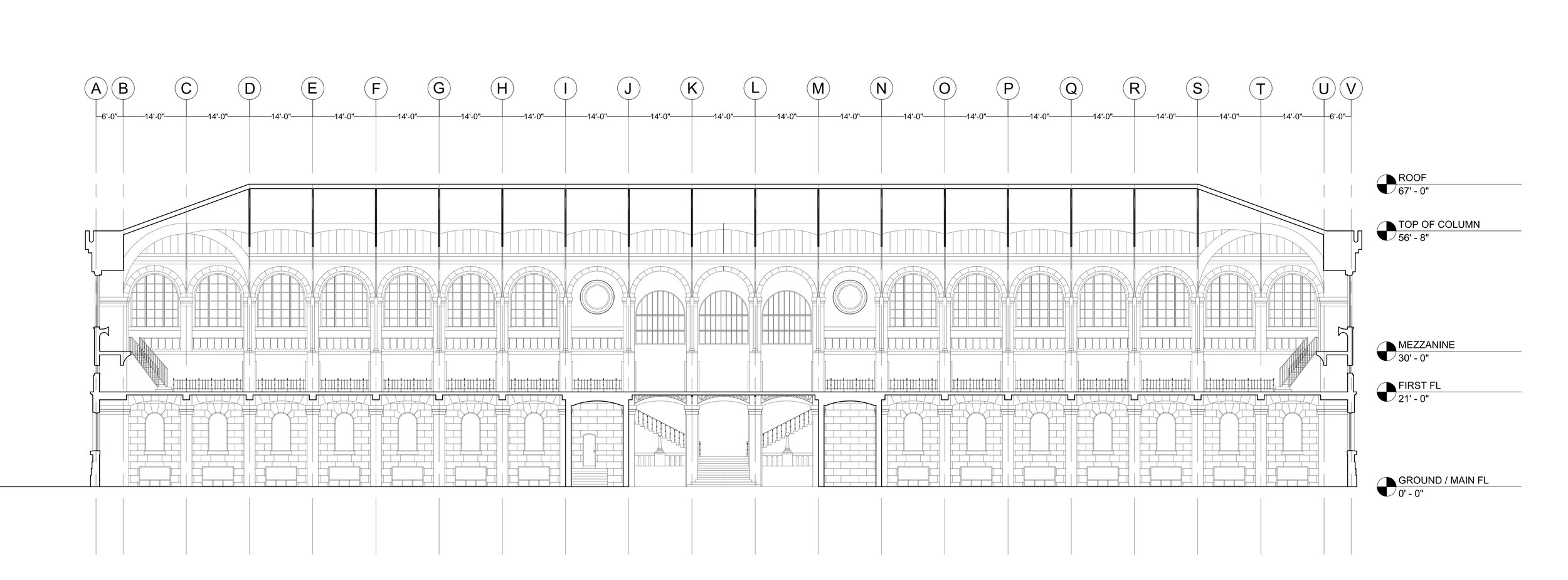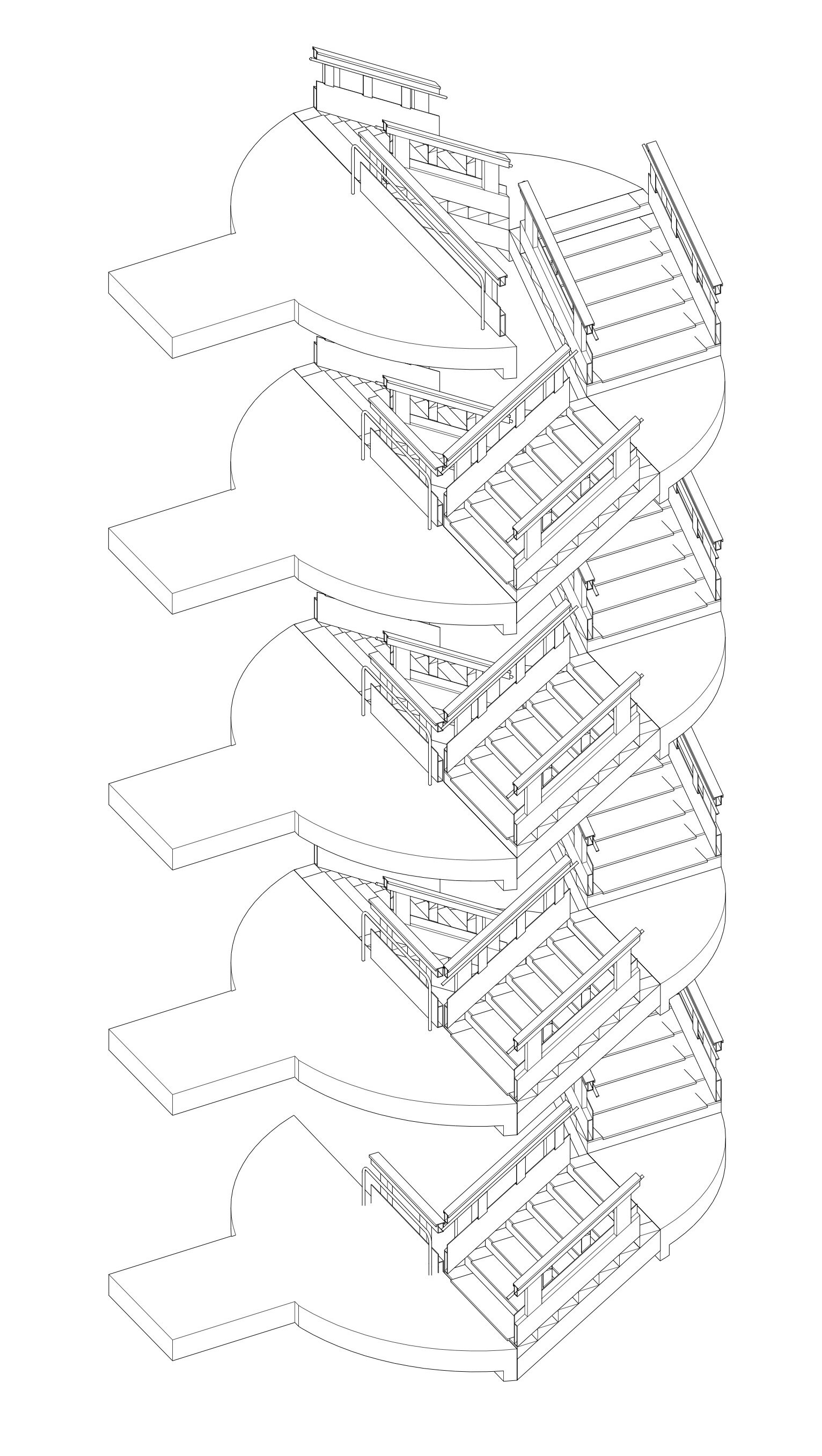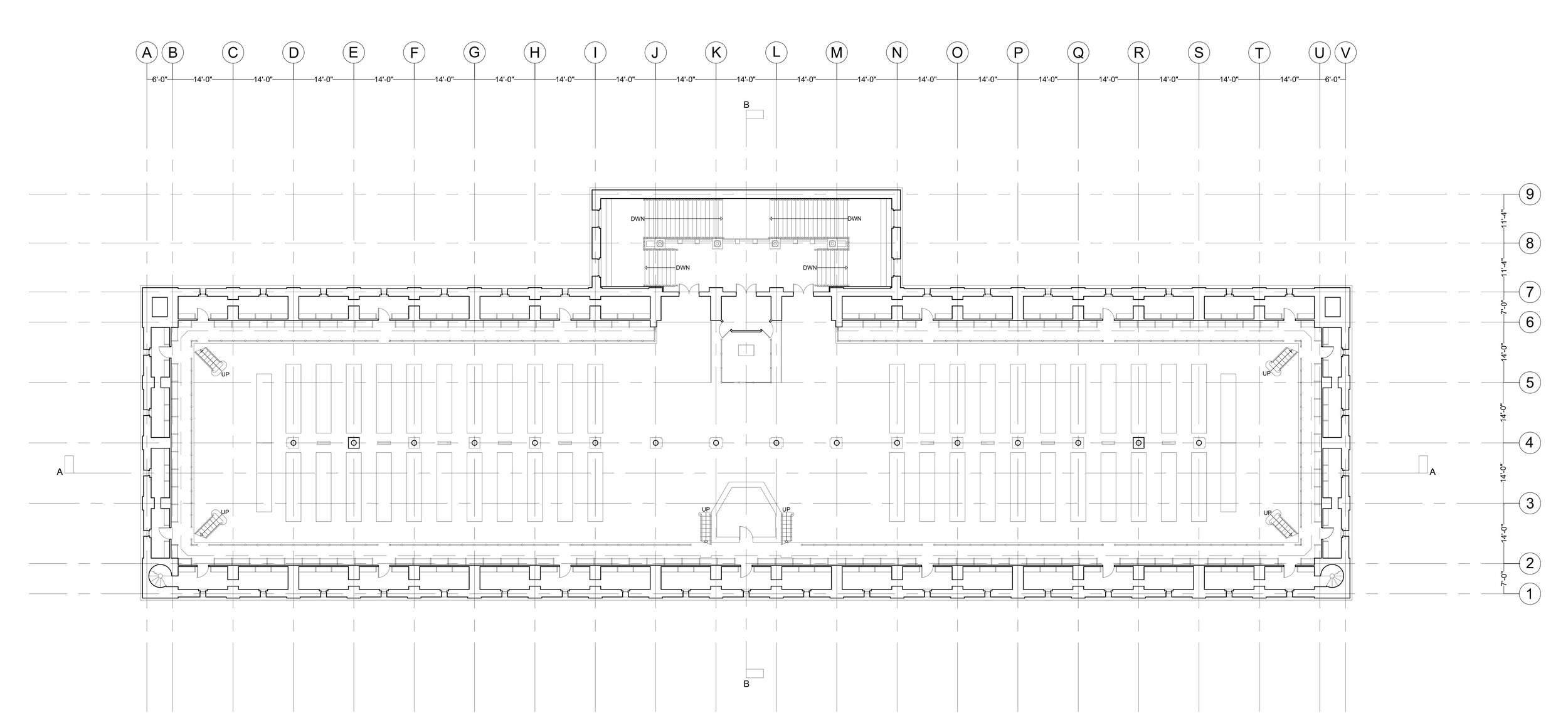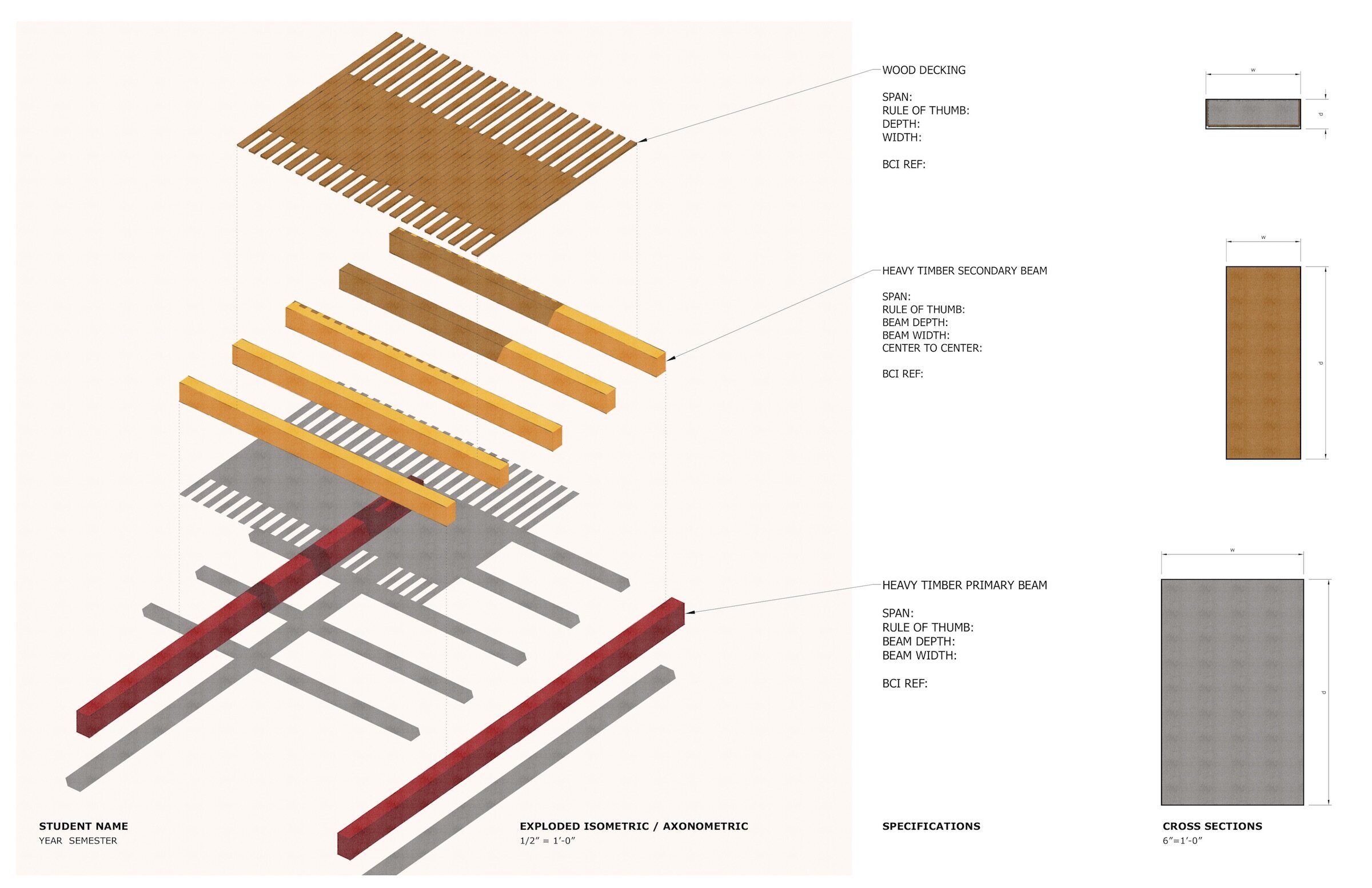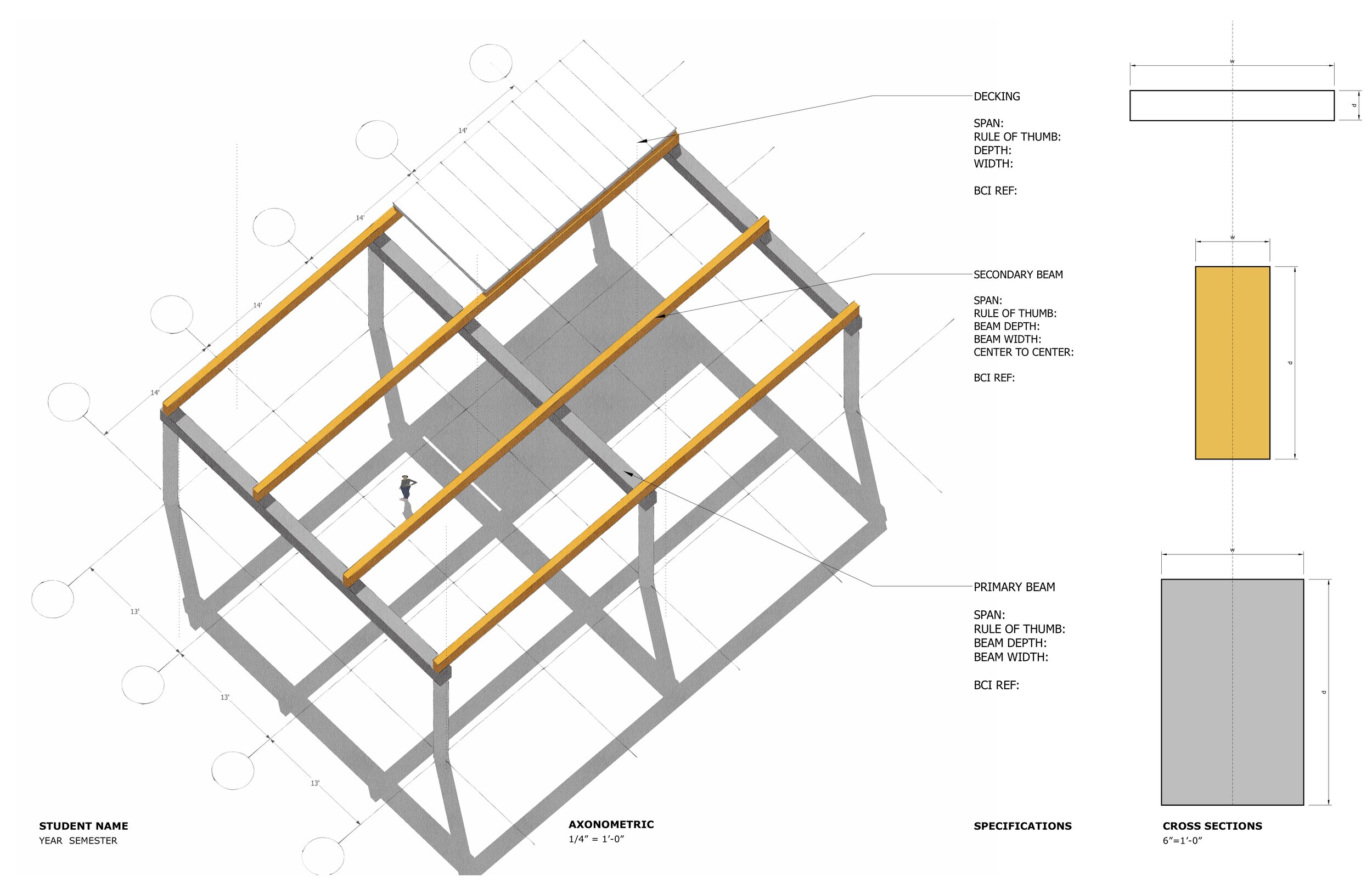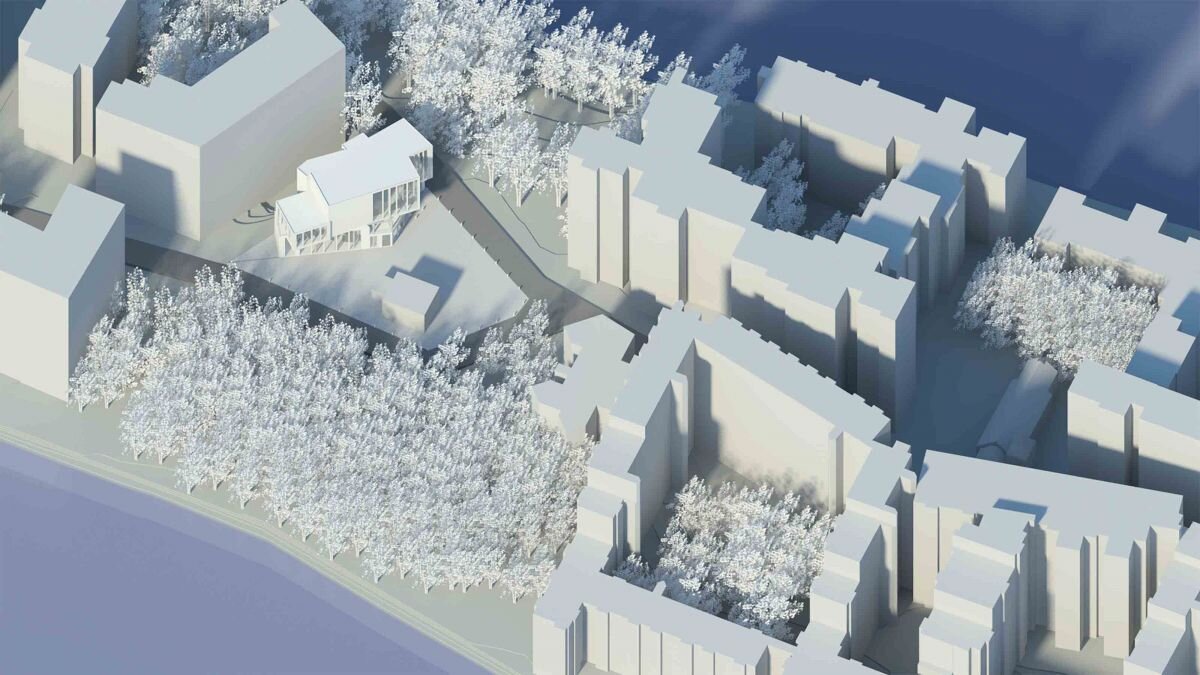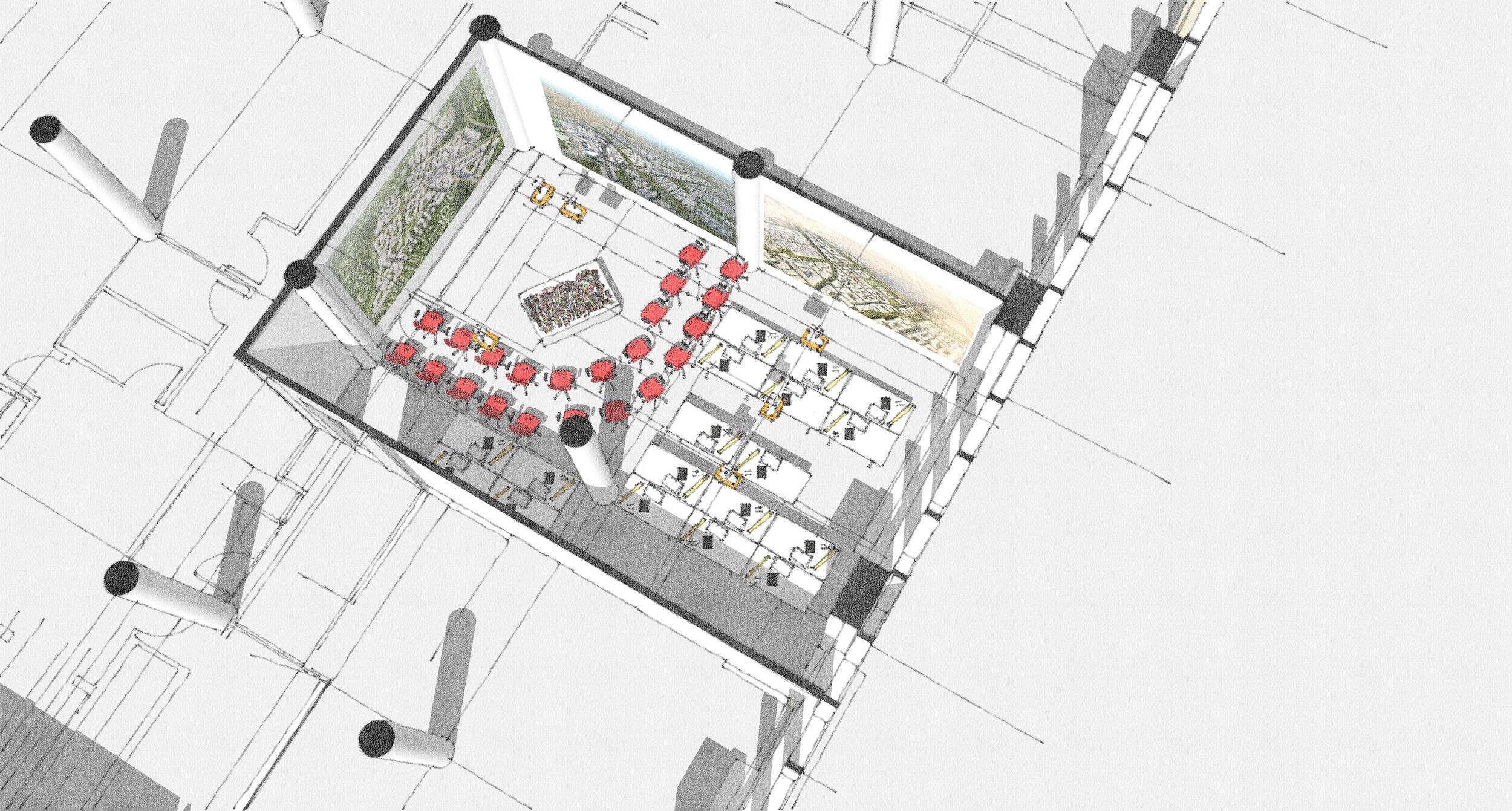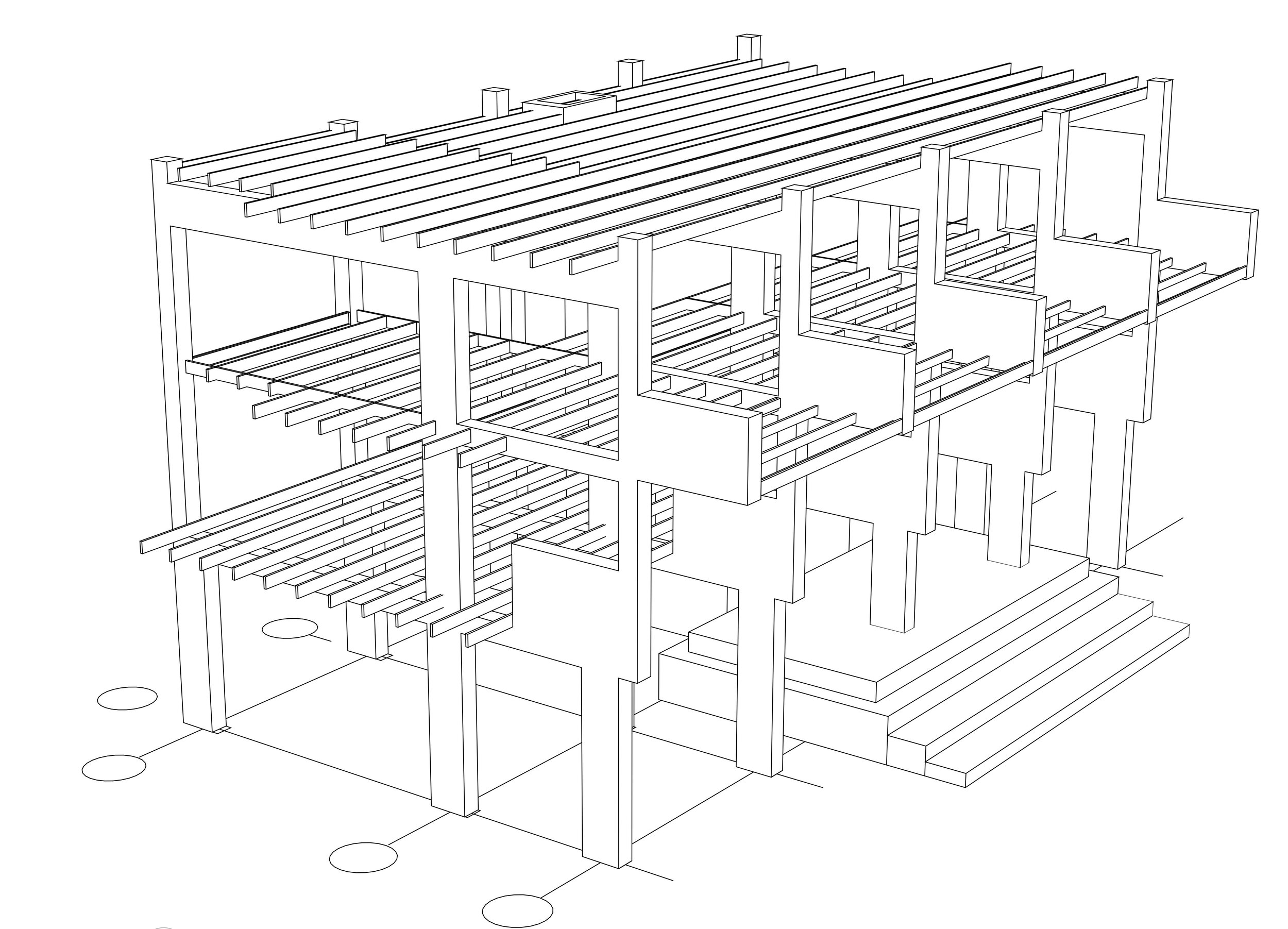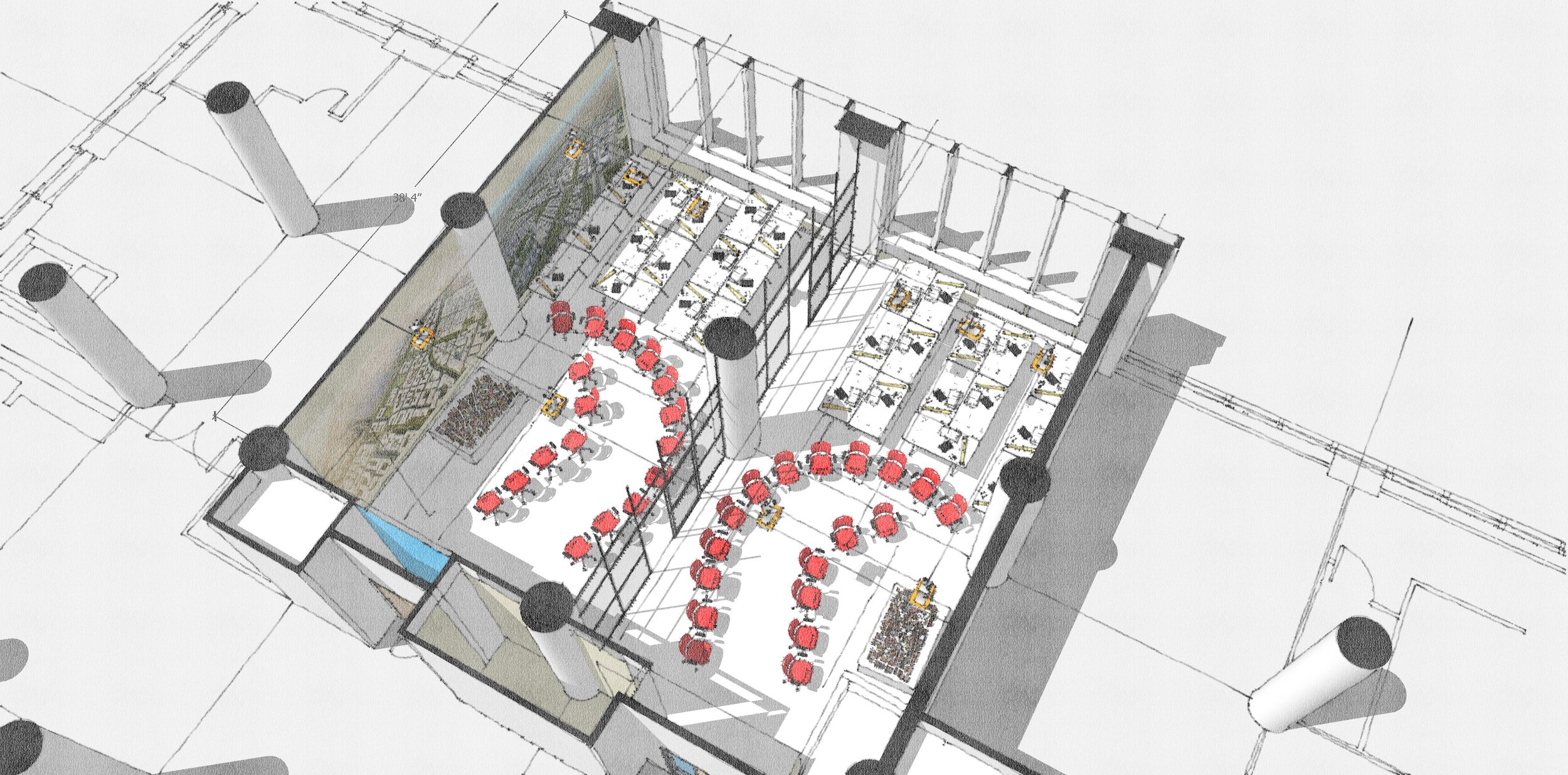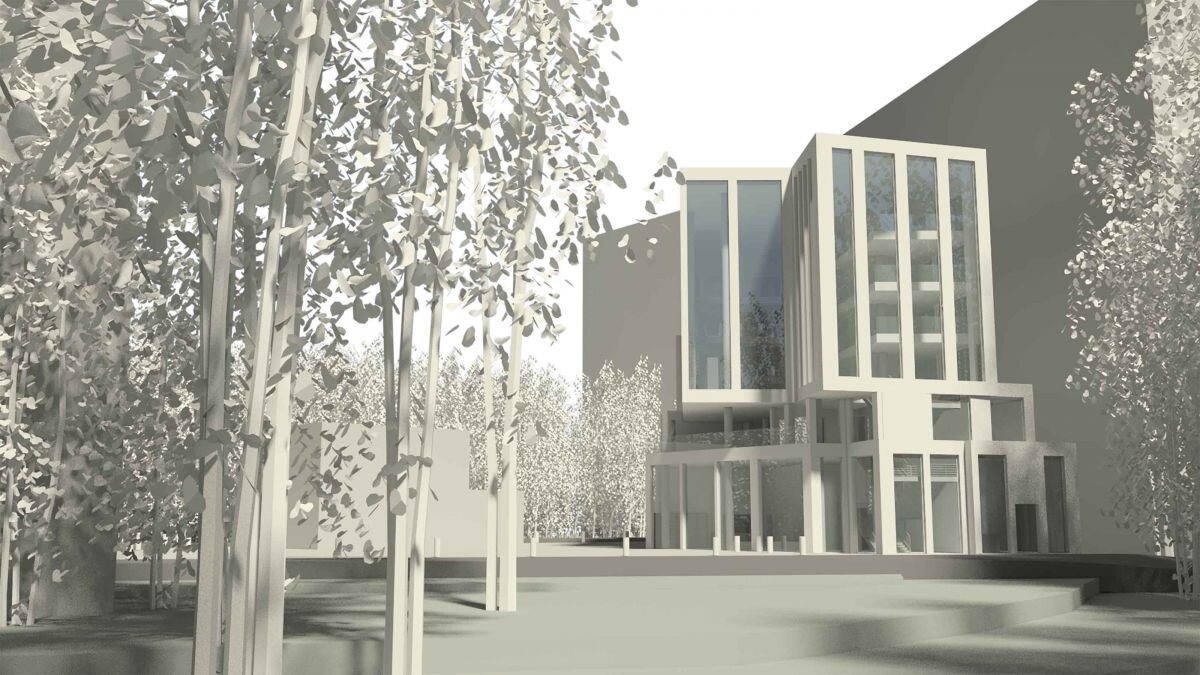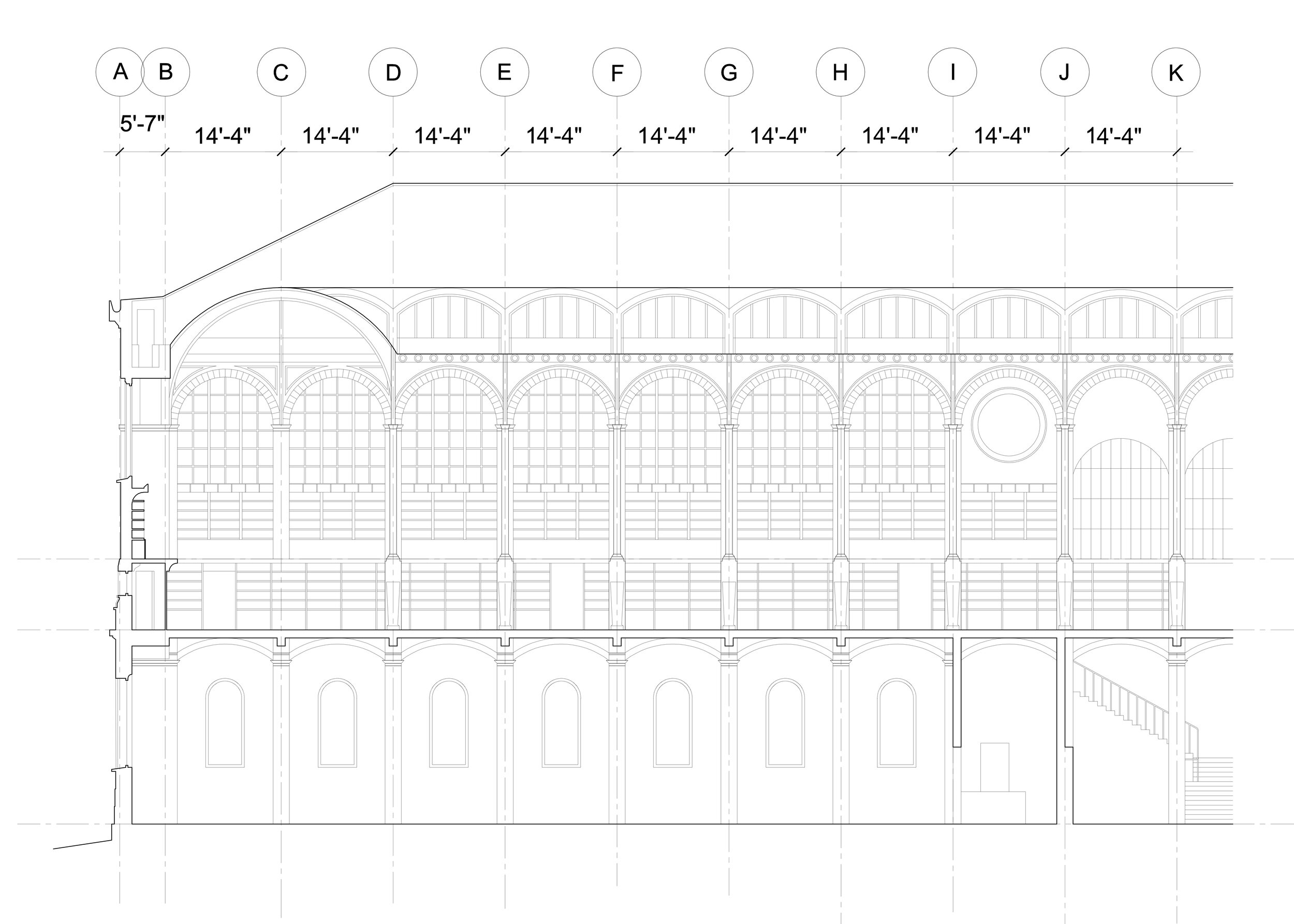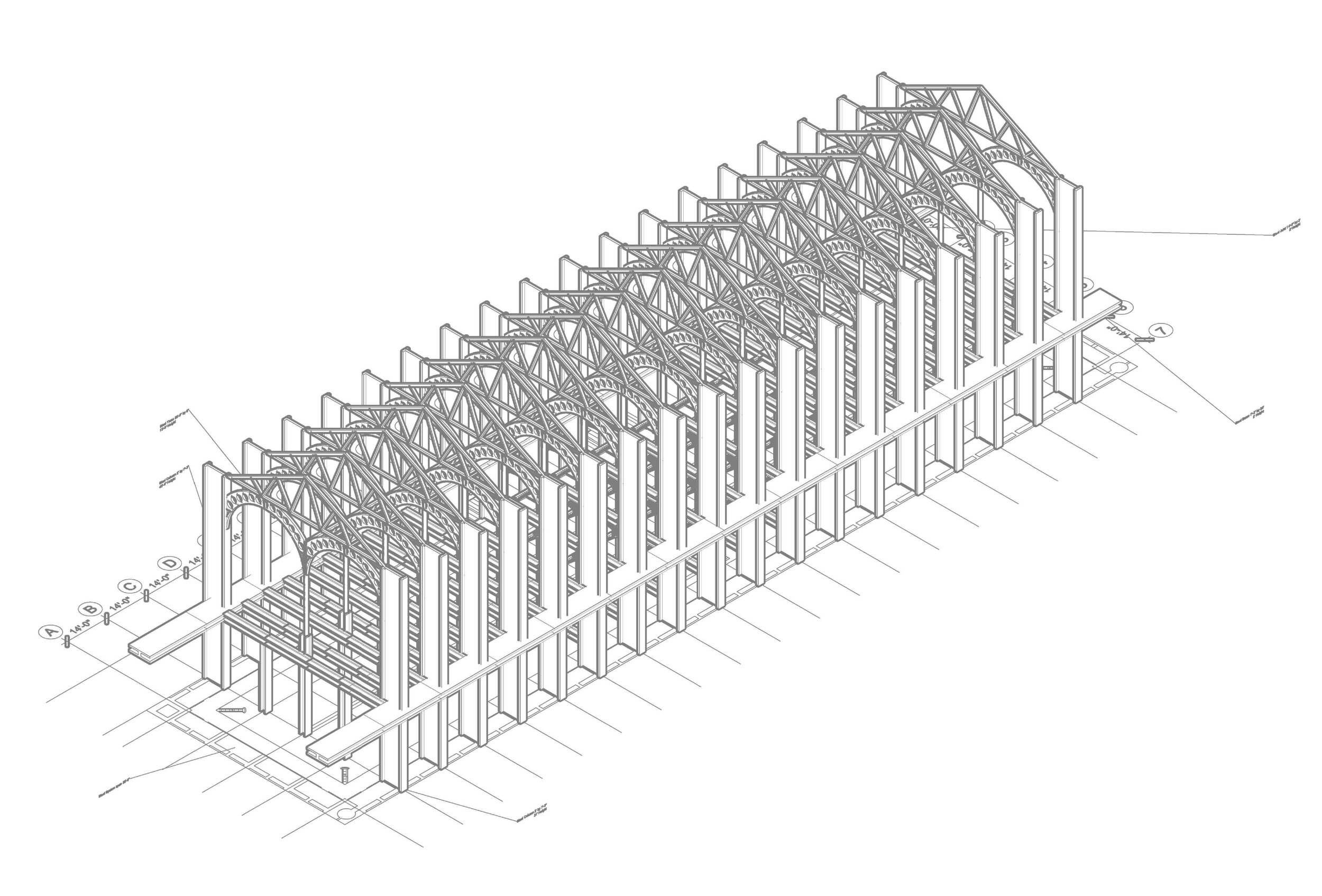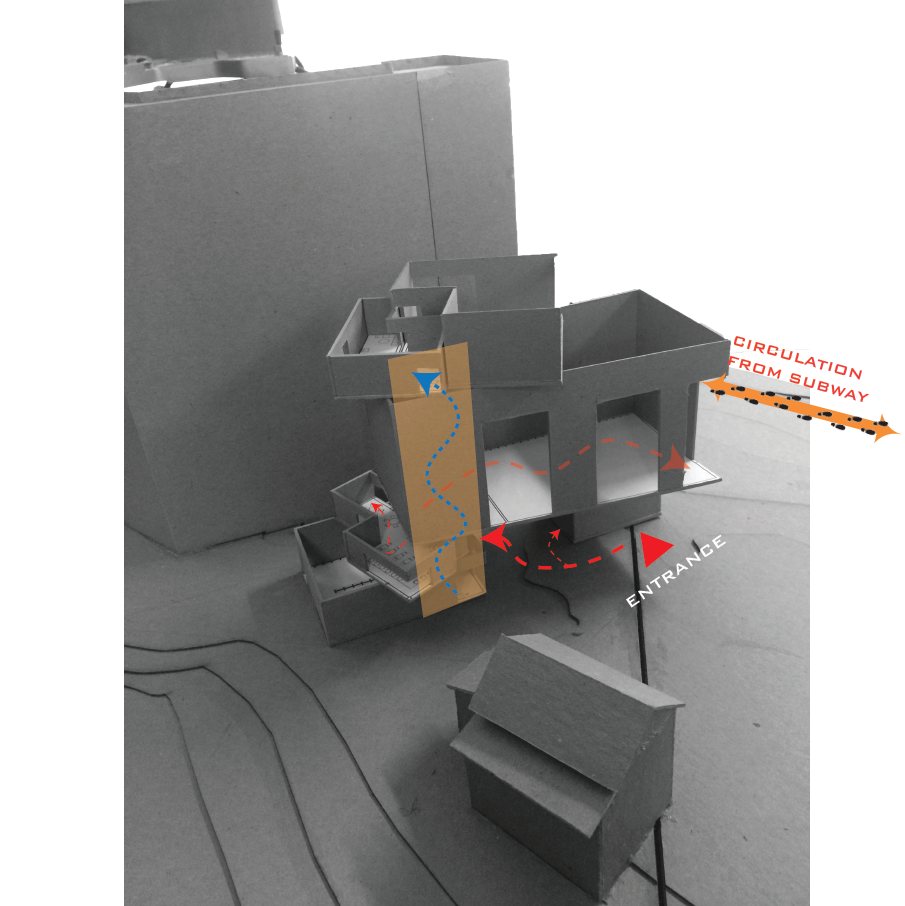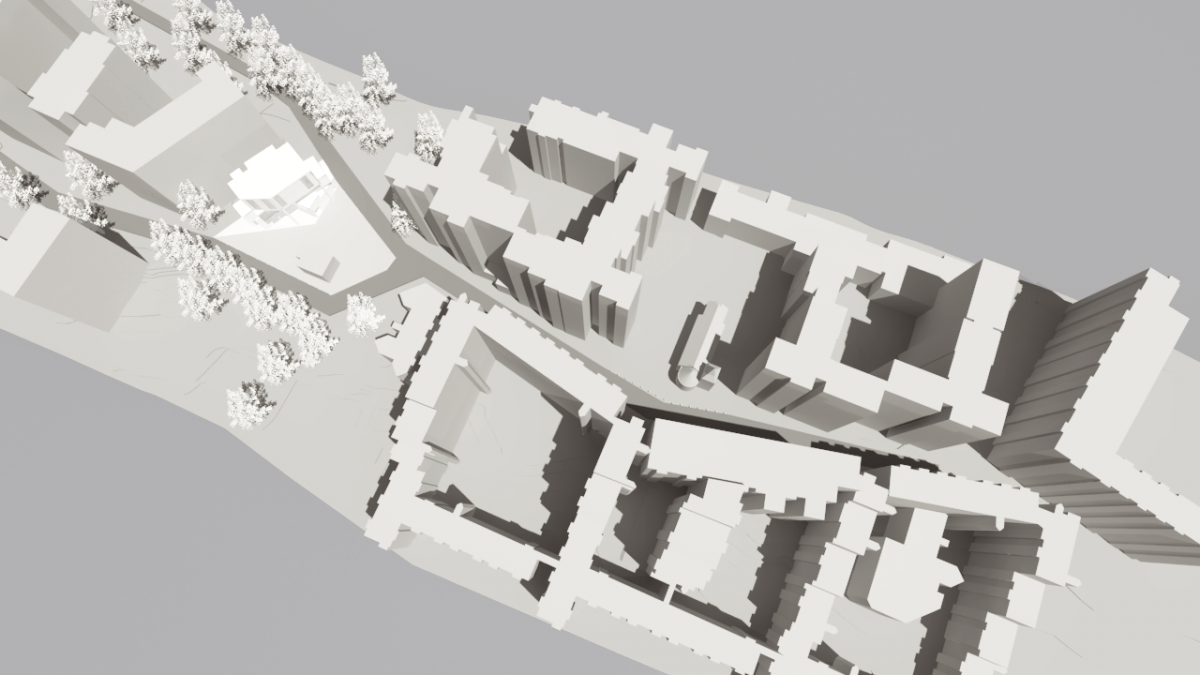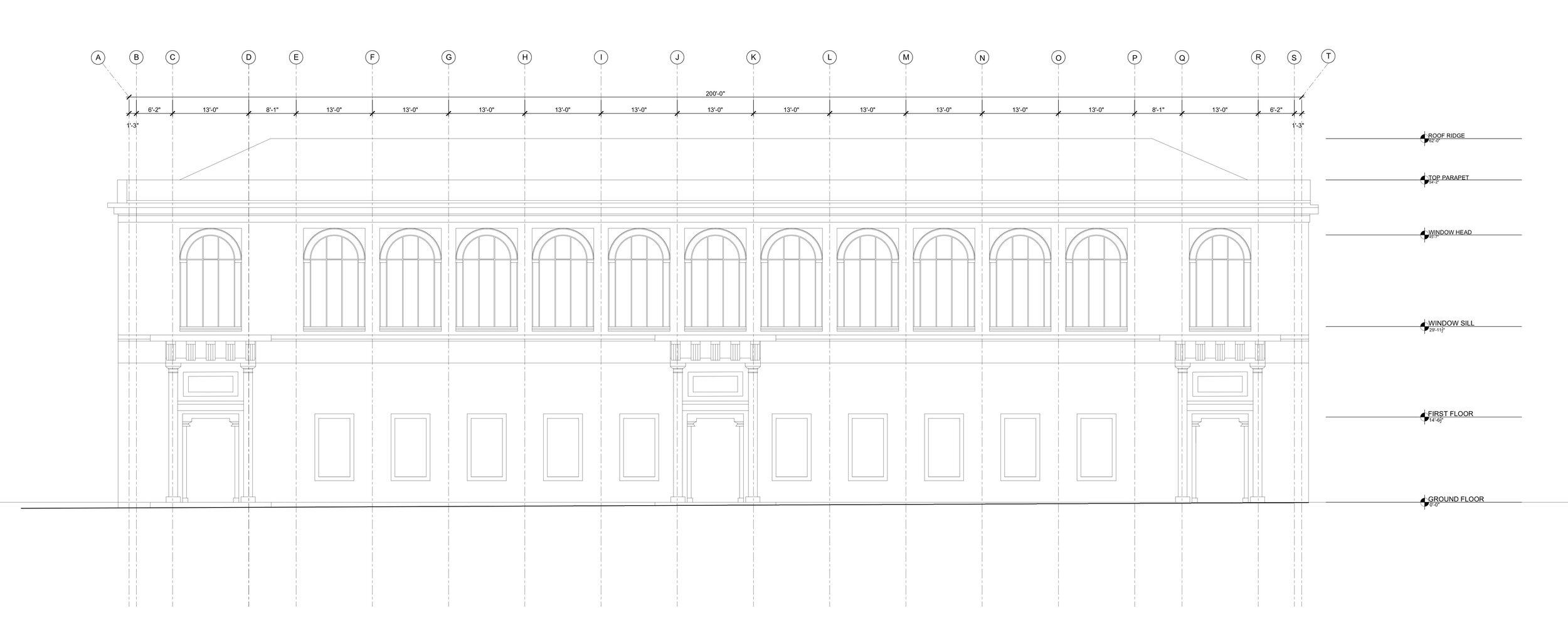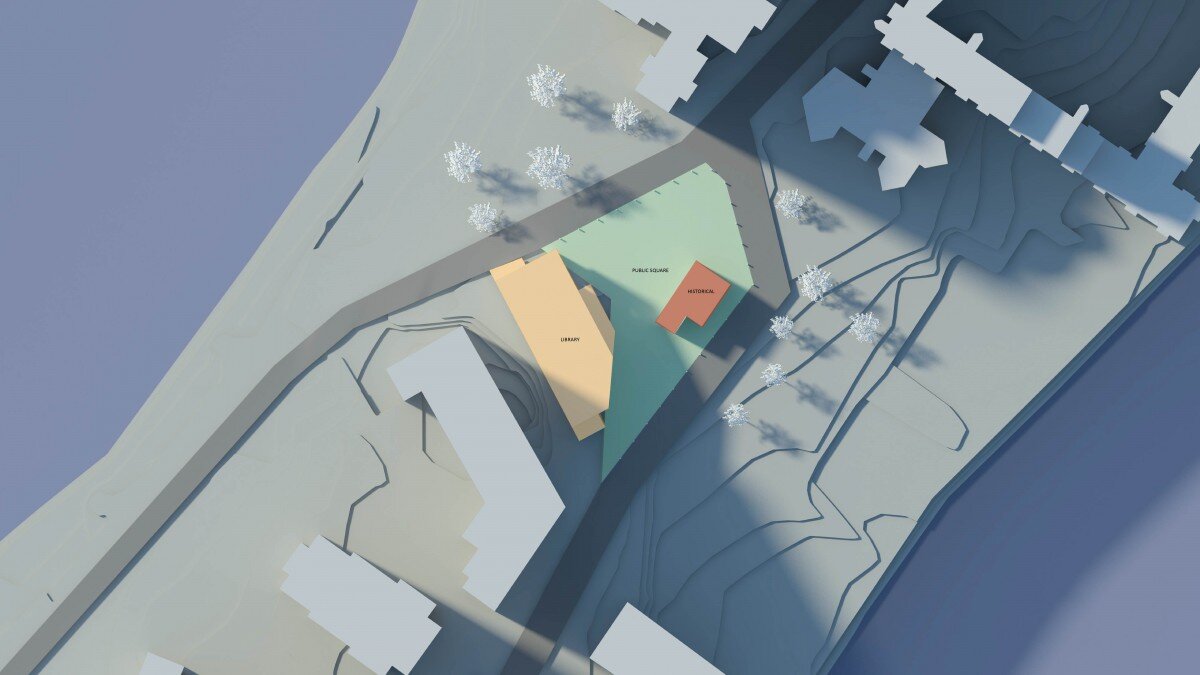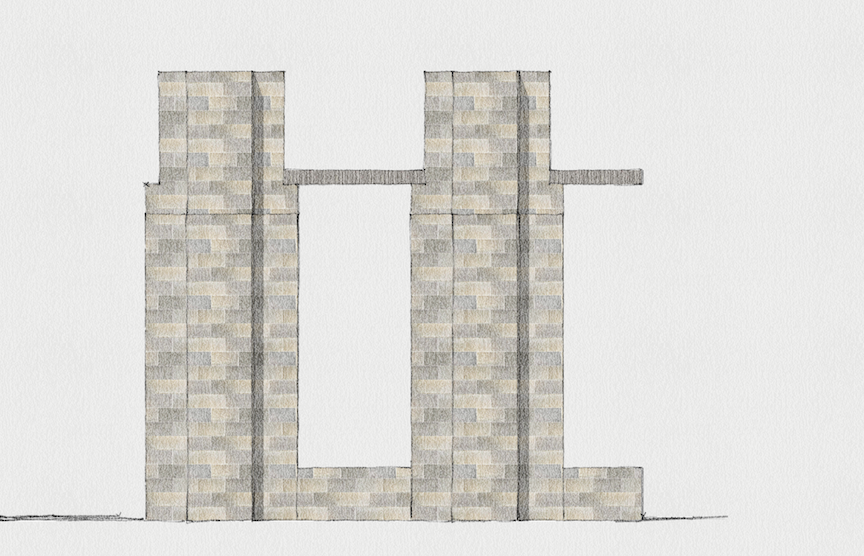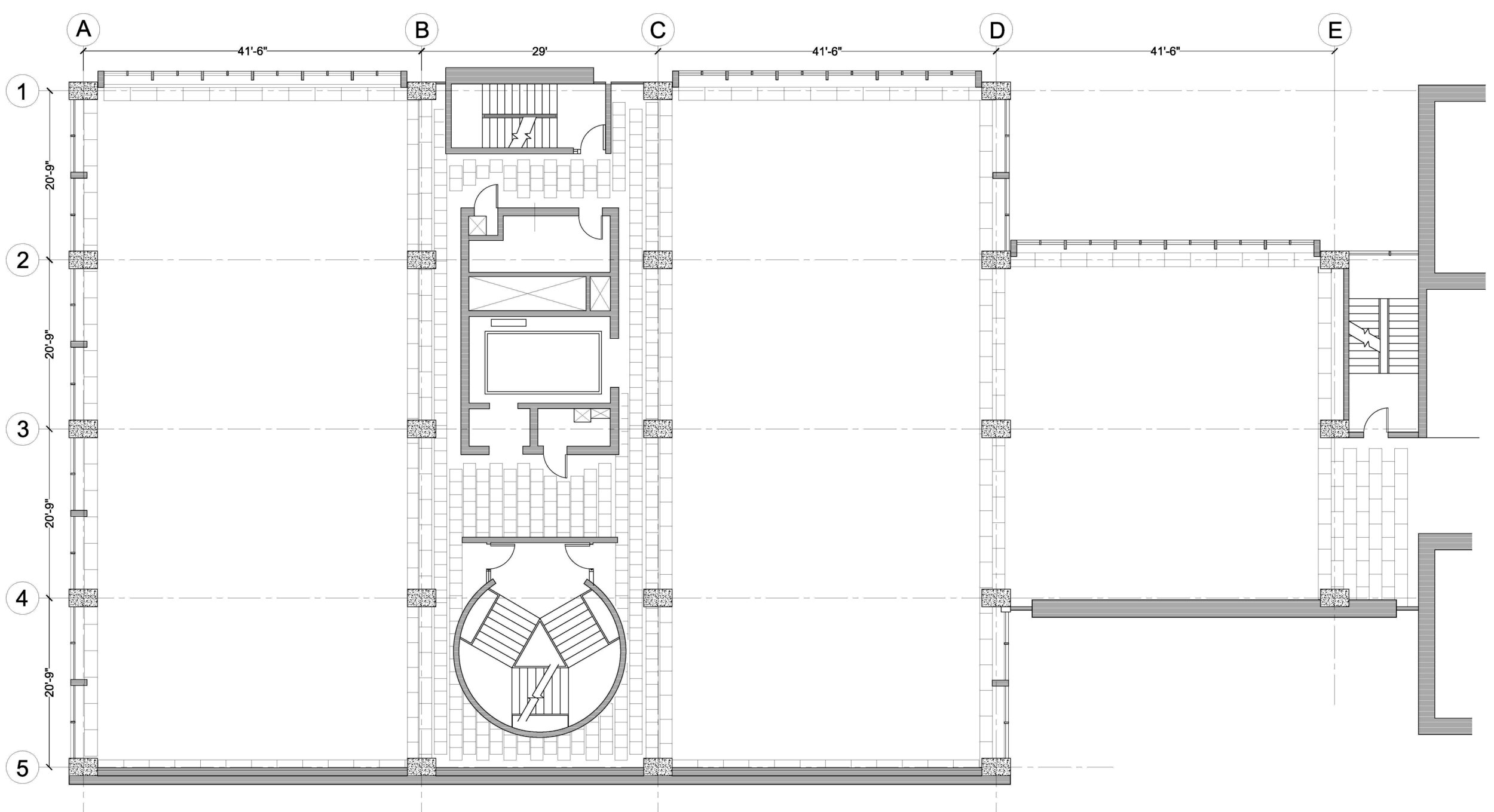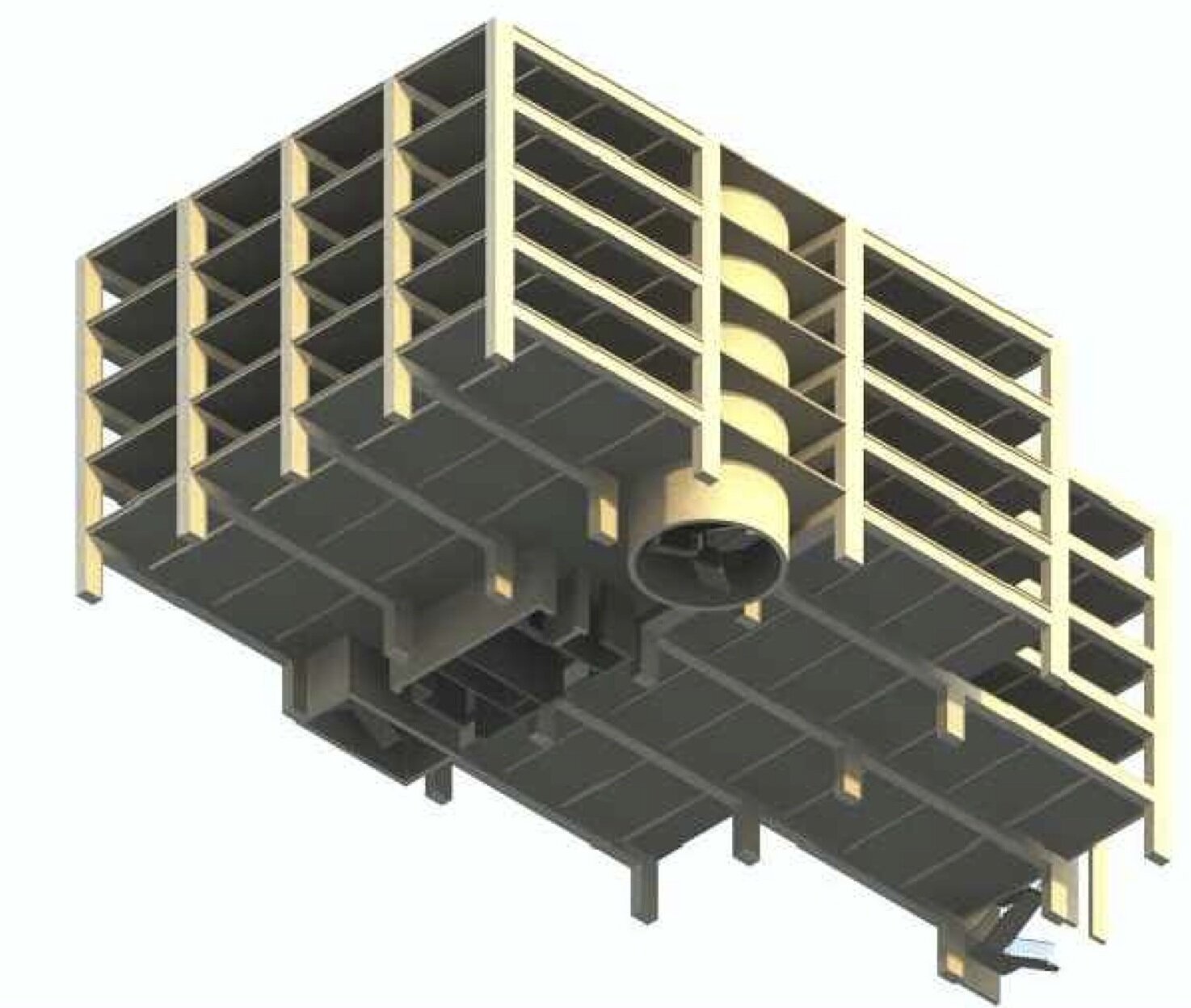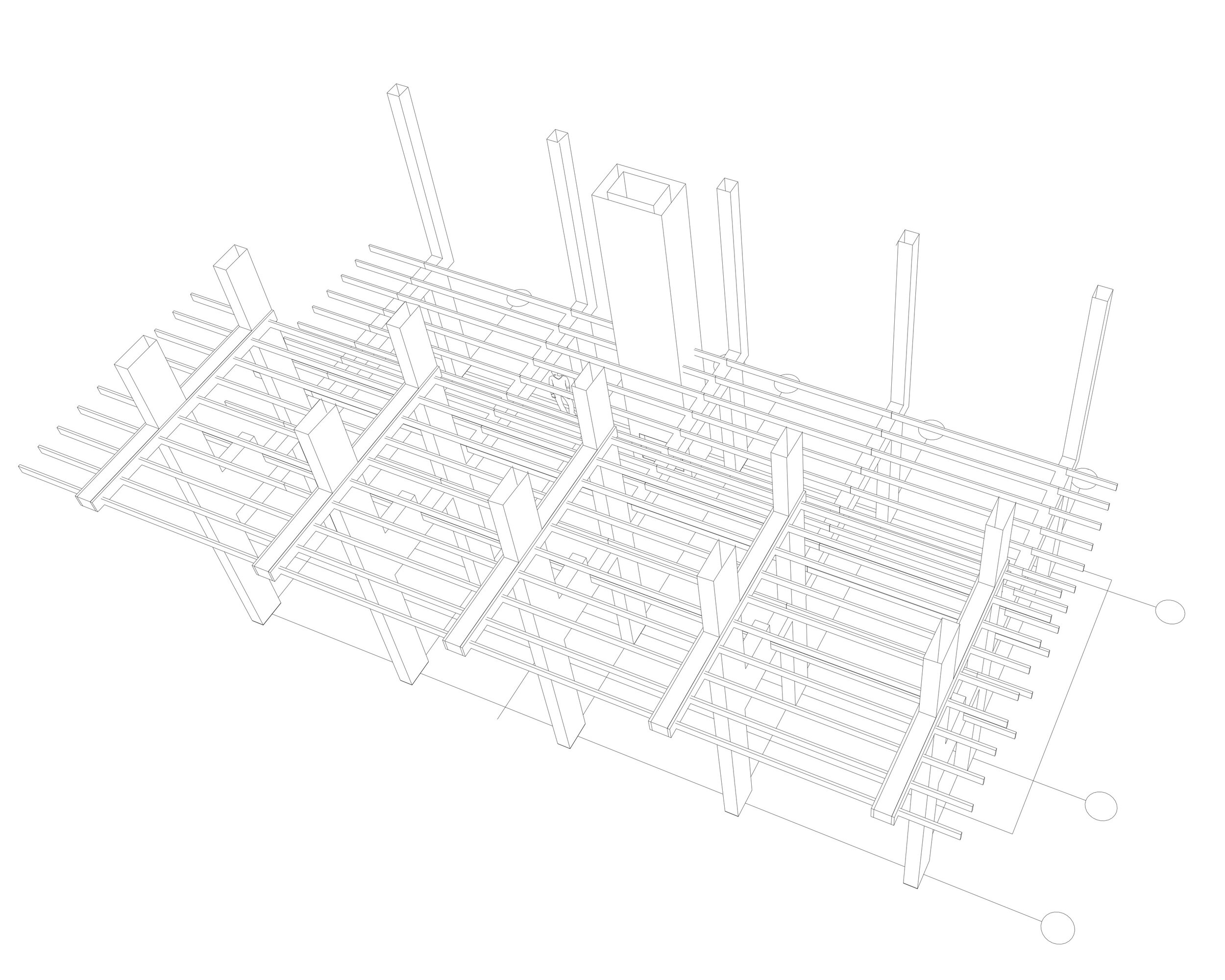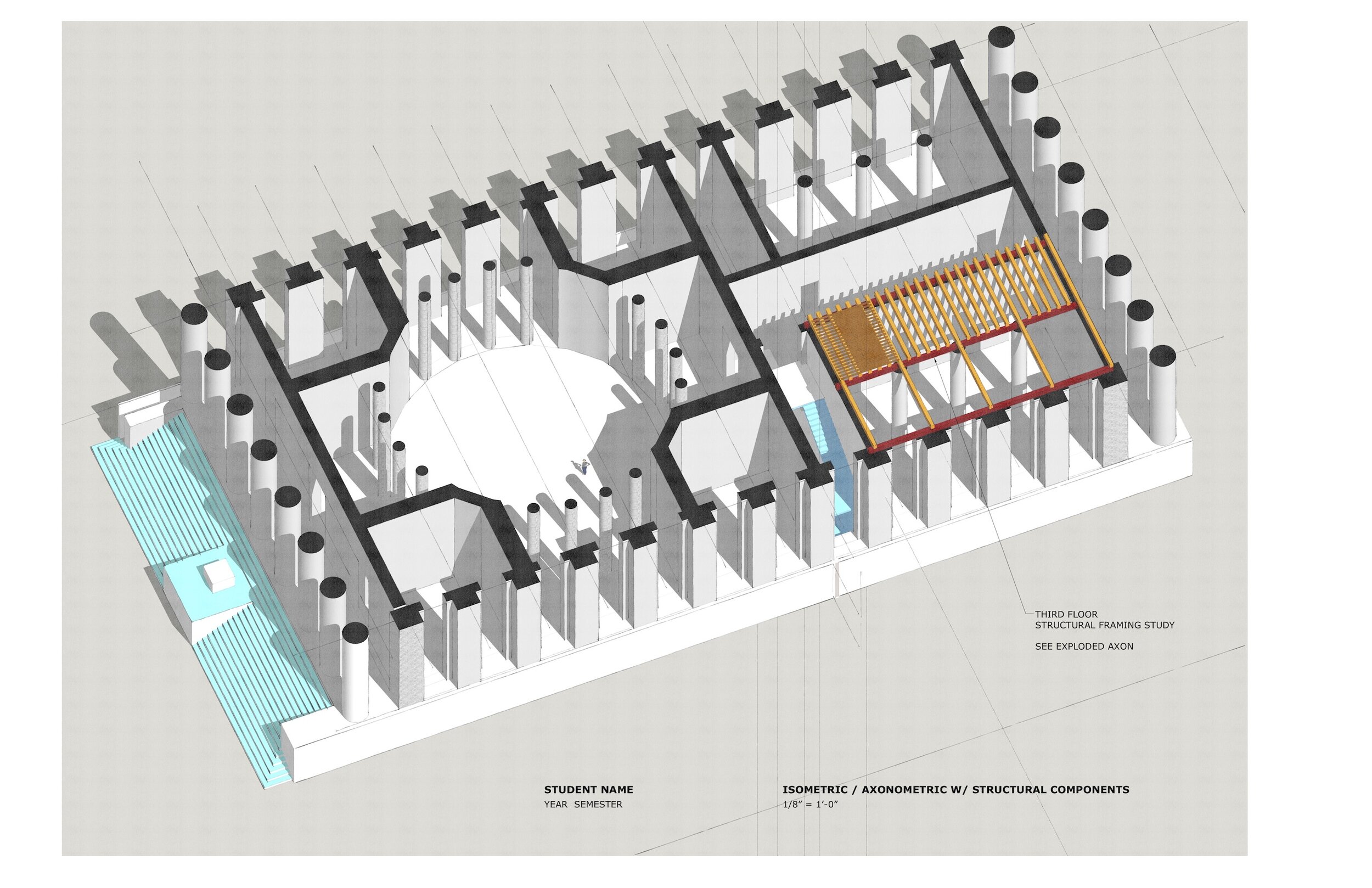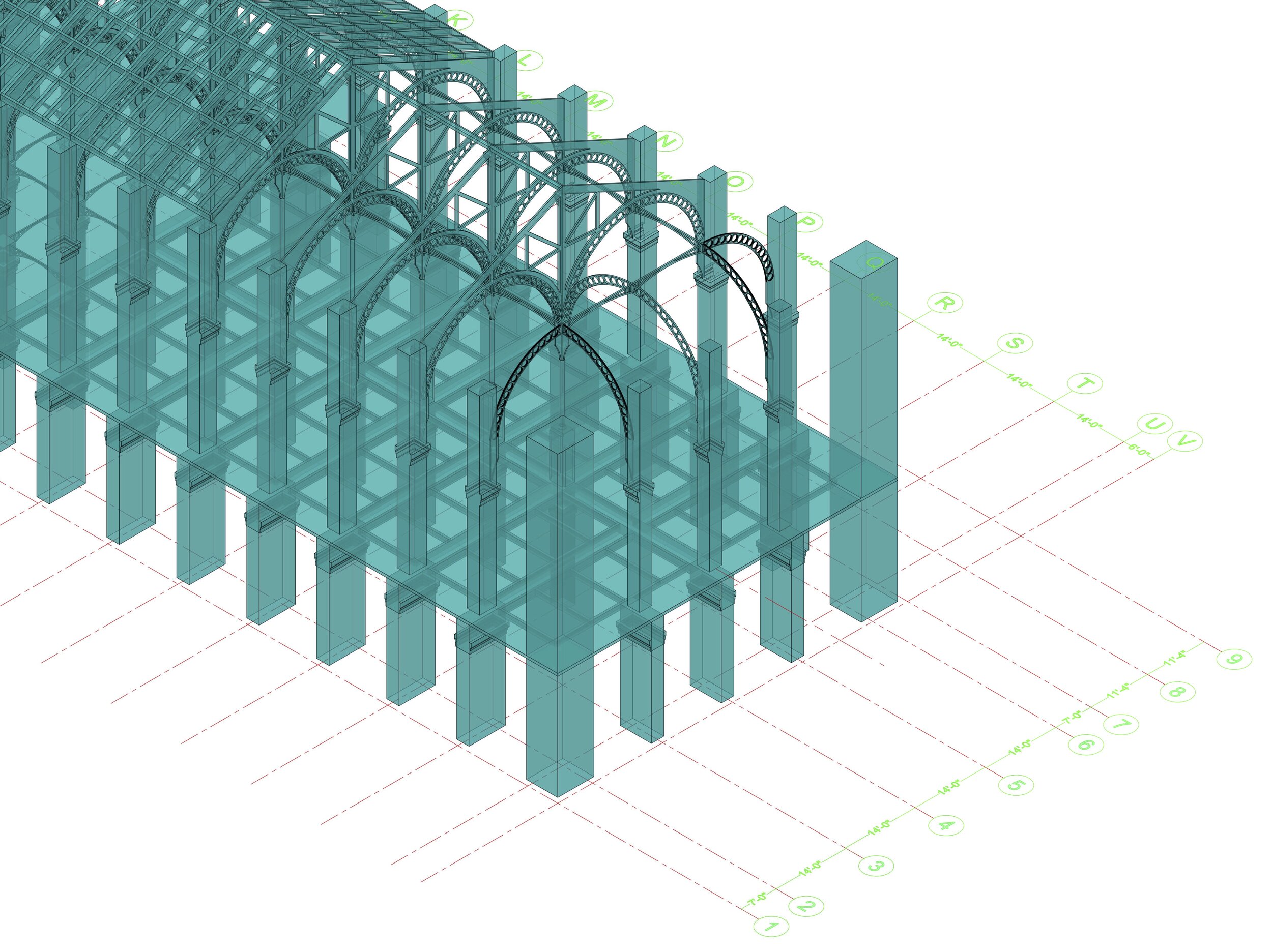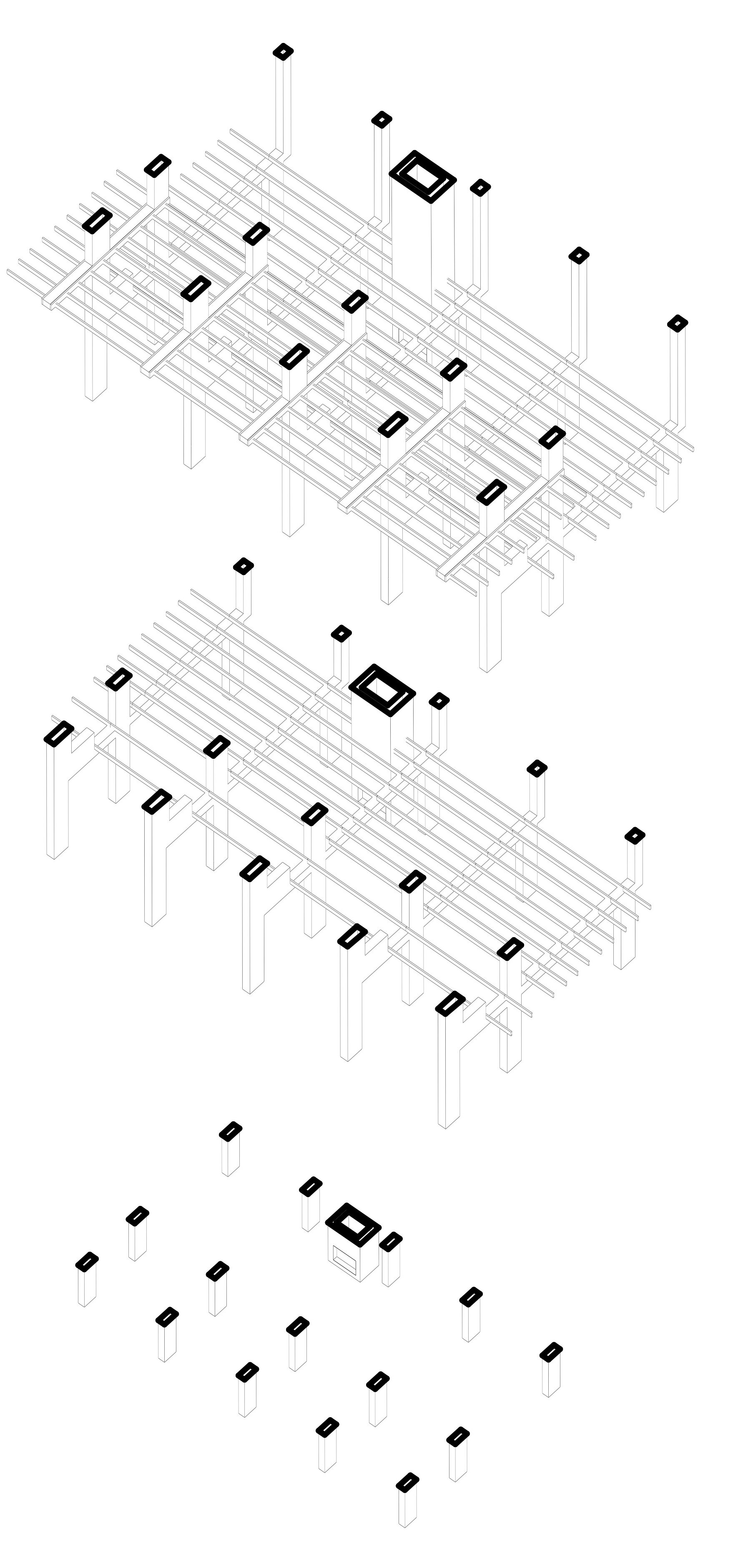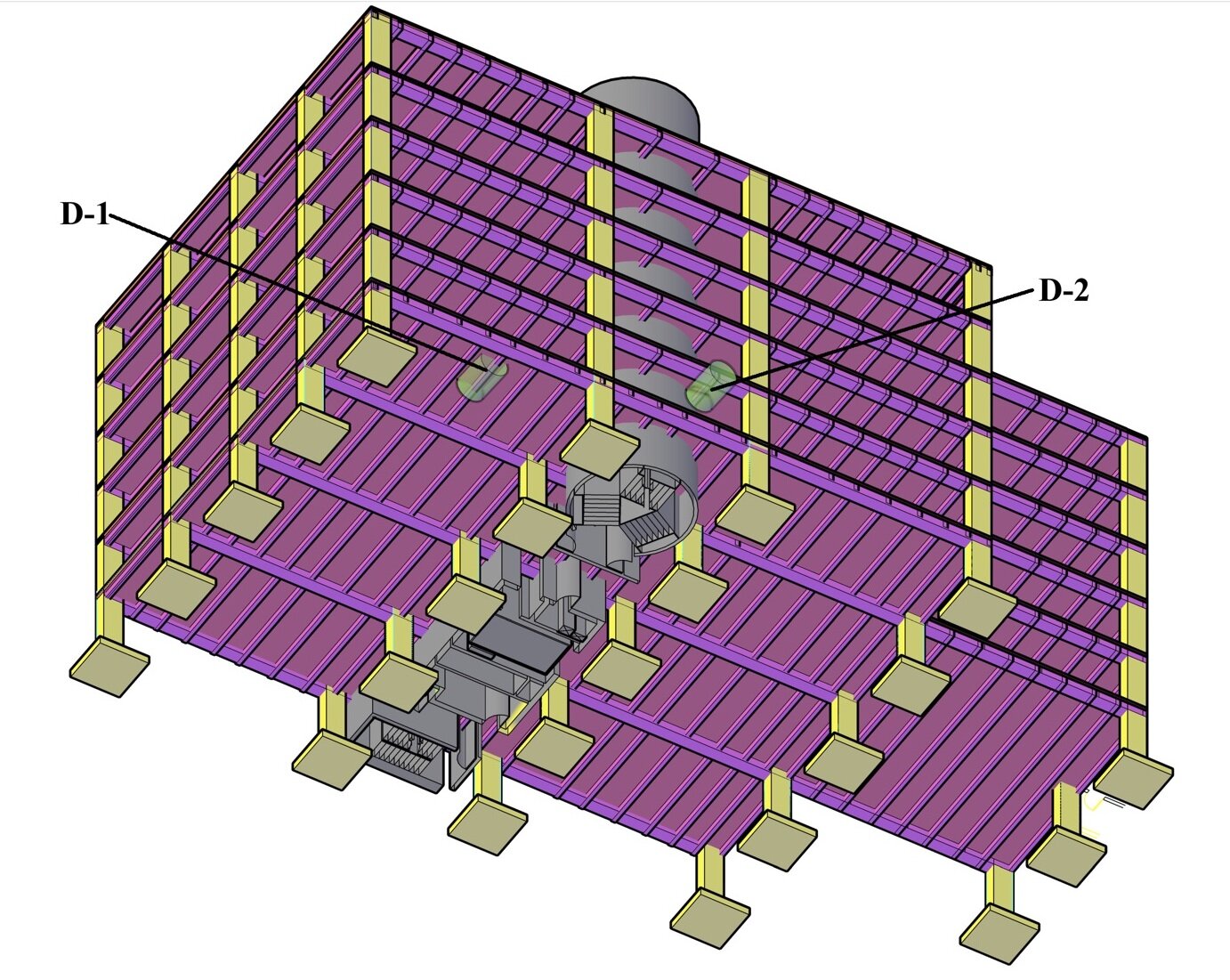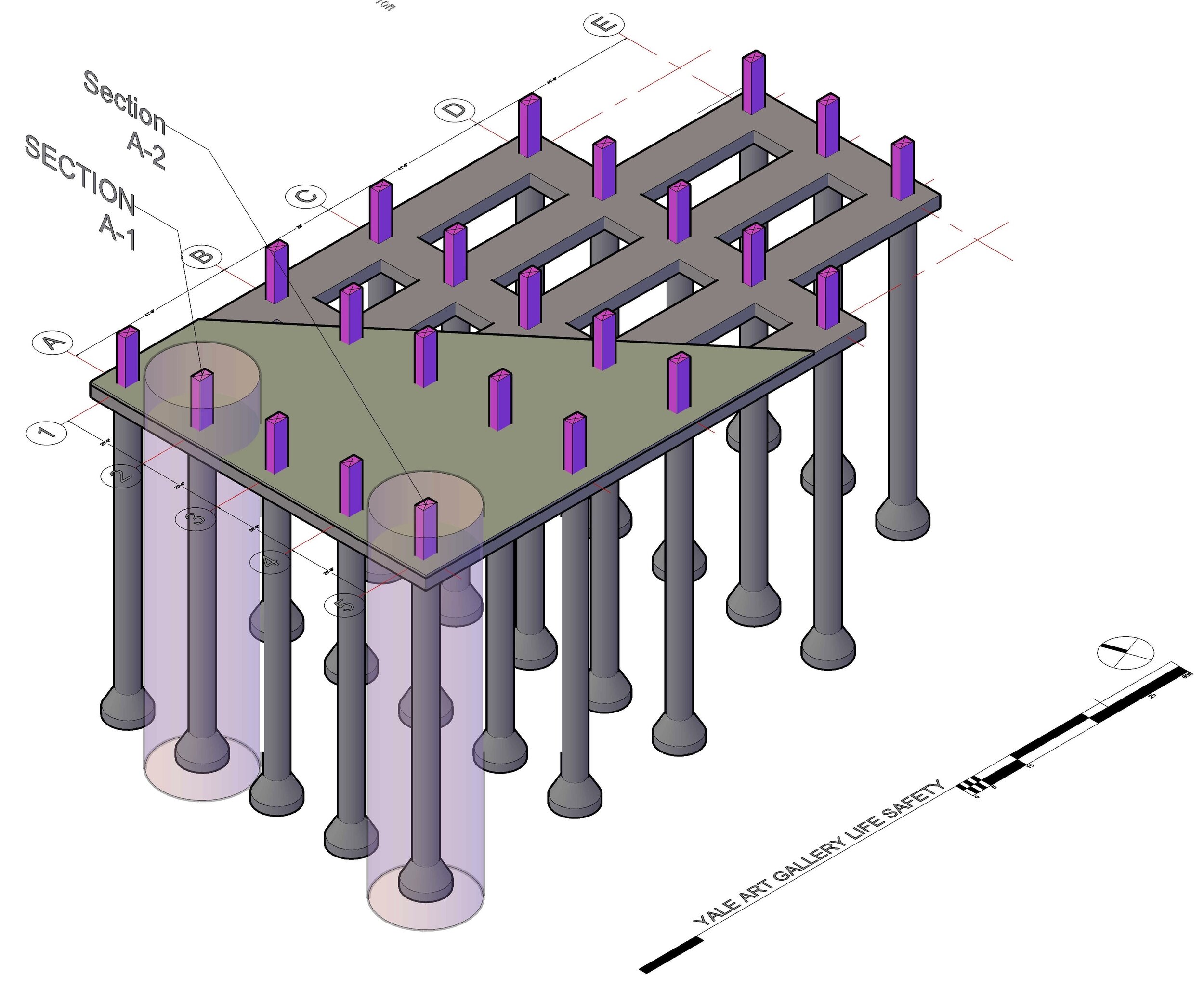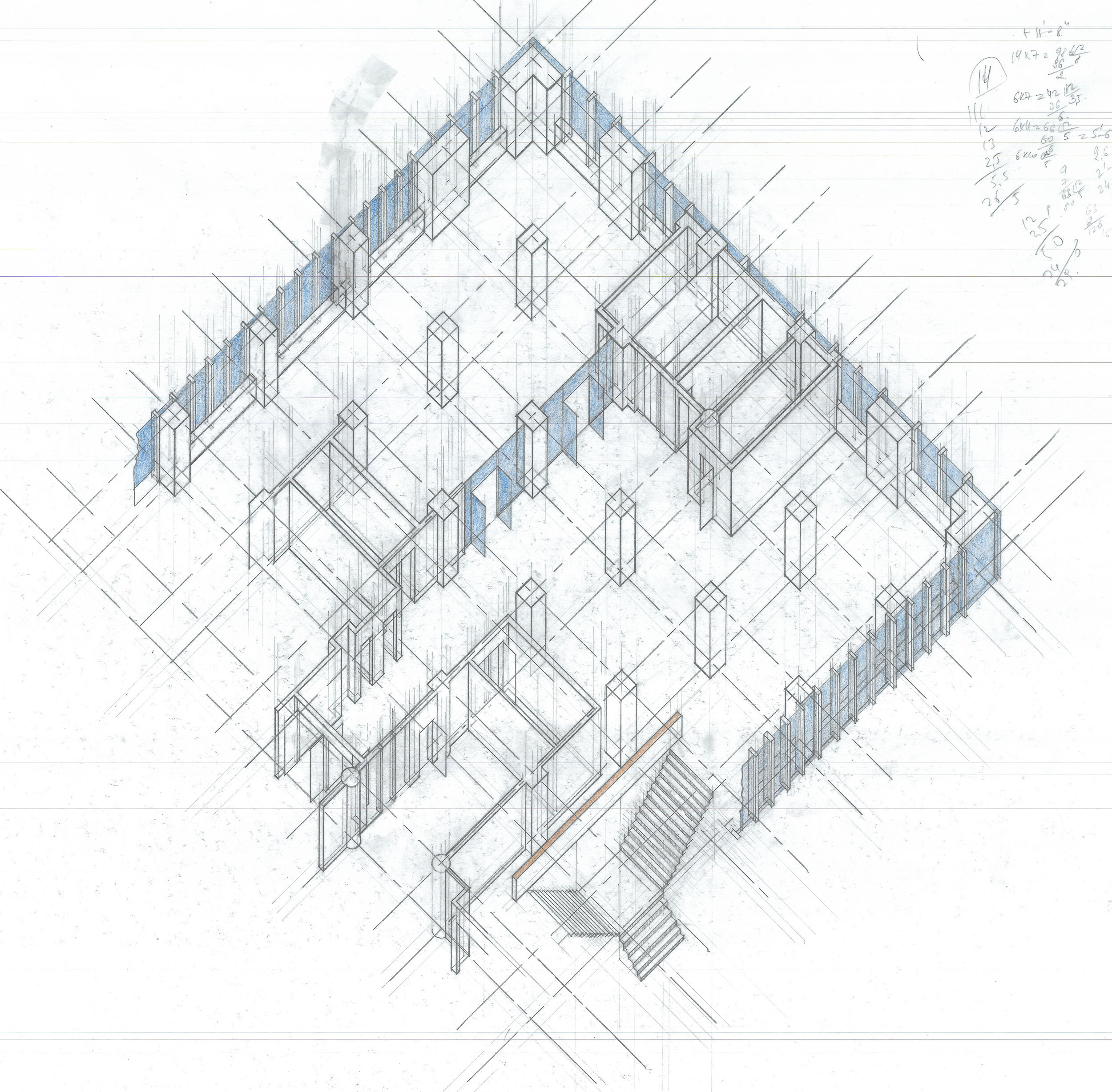Teaching
⬇
Architecture is a broad and deep subject. The study of architecture requires dedicated engagement across its many facets. It requires critical analytical and synthetic thinking to pull apart to understand the components and systems and to bring together into a whole that is greater than the sum of its parts.
Architecture connects us to the ancients, to the first builders, and to a continuum of evolution of responses to gravity, to the elements, to the need for shelter and the housing of everyday life but also the rituals and ceremonies of each society. The student of architecture must immerse themselves in this continuum.
Architecture requires its students to gain diverse experience of place and culture. Students must travel virtually or actually to see how societies express themselves, how they respond to climate and material availability and from these develop a tectonic approach to their architecture.
Students must experience first hand whenever possible the seminal works of architecture, to hone their own skills of observation of space, light, proportion, detail, texture. They need to know what it is like to stand in the great rooms and spaces, what they feel like. Students must build a reservoir of memory of great buildings to draw upon as they choose a course for their own careers. They need to understand how building can be beautiful.
Spatial thinking must be a central component to architectural education, especially in a moment where formalism dominates. Studio must build on elemental approaches to understanding space and composing a project around a sequence of space. Spatial thinking must address proportion, light, air, sight, surface and movement.
At the same time, structural thinking must be a integral aspect of studio along with spatial thinking, conceiving of systems and spans and material properties and how they weave the spaces together. Structure is an opportunity for the synthesis of the aesthetic and the practical, demanding a response to weight and force.
Architecture gives us place with meaning. It molds our interactions and our memories, it structures daily movement and captures our attention. It gives us cities and towns and villages where life happens.
Teaching architecture must convey this complexity and the awesome role of architecture in society. It requires passion and sincerity, and a sense of stewardship of passing on the knowledge and skills that will allow the continued evolution within the great continuum of human creativity in the act of building.
Most importantly, architecture is a discipline that can contribute solutions to the urgent challenges of our time: climate change, social and environment injustice, unaffordable and undignified housing. Architectural education must place these at the forefront of the curriculum, and help students build the skills and courage to face these challenges head on.
MArch Thesis Advisor
I have extensive experience teaching and mentoring students of architecture at every level of their education, from first year introductory courses to MArch Thesis projects. Follow this link for a published MArch Thesis on Study Architecture’s website.
Dent, Danielle. 2024. “2023 Study Architecture Student Showcase - Part IX.” Study Architecture | Architecture Schools and Student Information (blog). January 12, 2024. https://studyarchitecture.com/blog/architecture-news/2023-study-architecture-student-showcase-part-ix/.
Sample MArch Thesis Projects
Below is a selection of thesis projects coming out of my studio. The projects are in this order below:
Mason Reinhart A Regenerative Development & Tourism Center Spring 2023
Rocio Duarte Identity of the Forgotten: An Urban Park Revitalization Fall 2022

